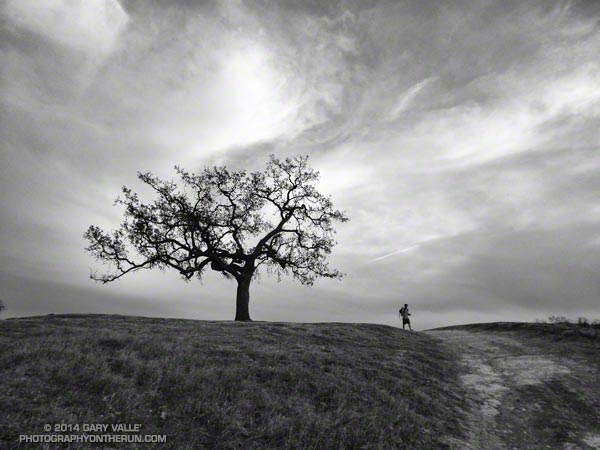
Out and About


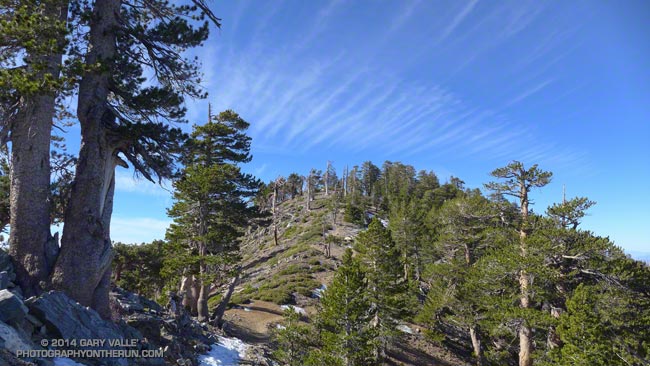
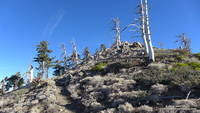
The unusually warm and dry weather made me wonder what the conditions were like in the Angeles high country. Might the PCT be runnable between Islip Saddle (6650′) and Mt. Baden-Powell (9399′)? As warm and as dry as its been, how much snow could there be?
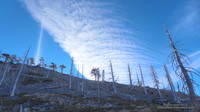
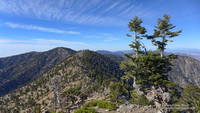
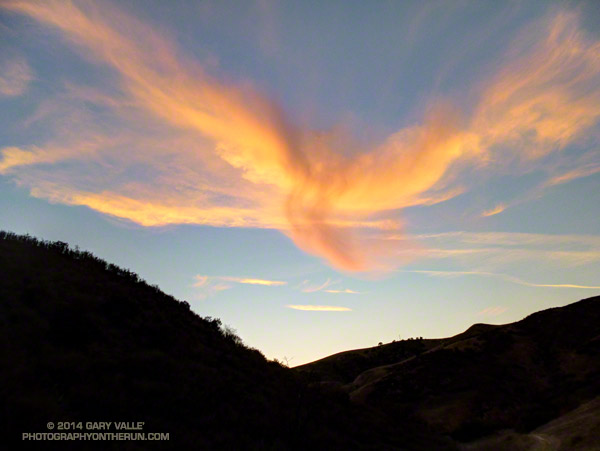
With some long runs looming in the not too distant future it seems many of my runs are ending after dark — even on New Year’s Eve.
There’s an extra measure of involvement when the sun is setting and it’s an hour back to the trailhead. Yes, it’s easy to carry a headlamp, but it’s more fun to try and get along without it. Without the headlamp you become part of your surroundings, with it you’re just a visitor.
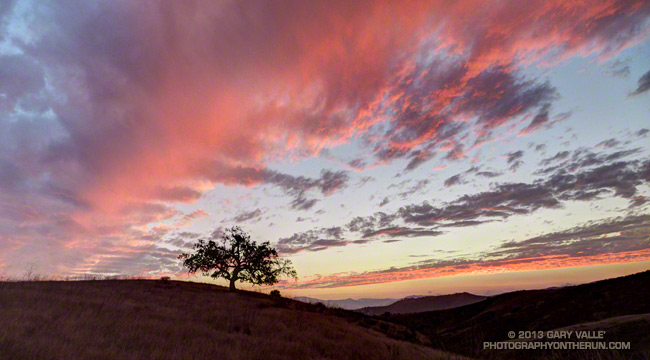
Long colors spread across the sky, flamboyant and vivid, fading with time.
Gravity is suspended and the world glides effortlessly by.
In growing darkness warm hillsides cling to the day and cold canyons foretell the night.
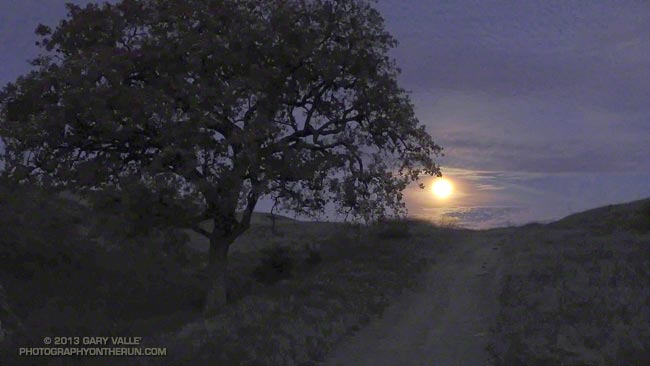
Running is more by feel than by sight.
A full December moon rises, eerie in the clouds. Coyotes yip, yip, yip on a nearby hill.
An owl waits, and then fills the silence with a hoot, hoot, hooo…
I switch on my headlamp and it all disappears.
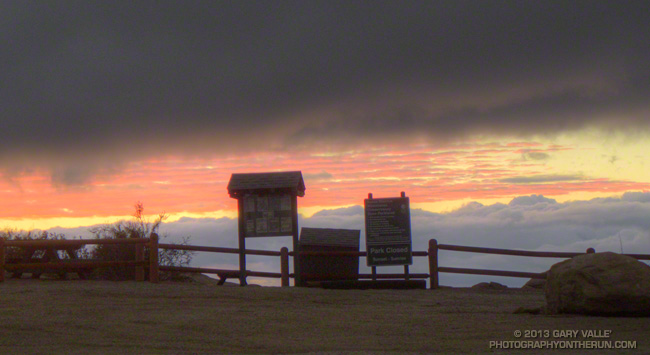
It’s been great to get a little rain the last couple of weeks. Since November 20th Downtown Los Angeles (USC) has recorded 0.62 inch of rain, bringing the calendar year total through November 30th to 3.40 inches.
During our showery rainstorm on Friday the few extra raindrops that made it into the rain bucket at USC moved 2013 from 4th driest to 5th, behind 1947 (2.51), 1971 (2.69), 1894 (2.89) and 1984 (3.37).
Rainfall totals can change dramatically in December, which is normally about twice as wet as November. Of the dry years listed above only 1947 continued to be unusually dry and finish the year as one of the nine driest on record.
Rainfall amounts were compiled from NWS and NCDC data. In a couple of instances differences were noted in daily and monthly data. Monthly data was used in rankings.
The title photo is from a run at Sage Ranch on November 21.
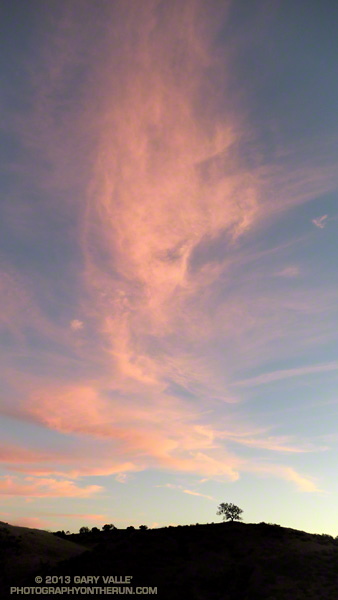
From a run last week at Ahmanson Ranch.